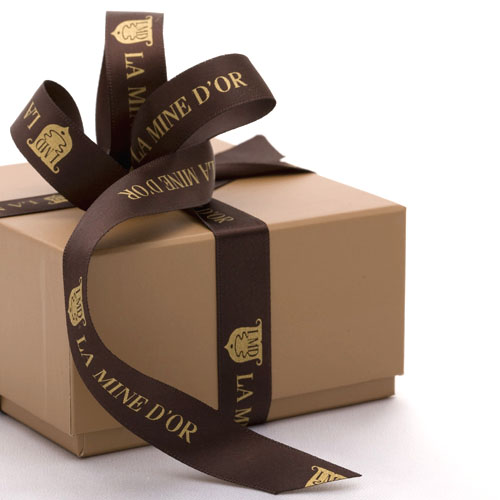As many have speculated, Rolex released several new models at the Basel World fair this week.
First up was the much anticipated (and hardly surprising, given recent speculation) ceramic bezel stainless steel Submariner Date. This model has been anticipated since last year, and follows the Rolex trend of late - ceramic maxi available only in full gold, then in two tone, then finally in stainless. Along with the new ceramic bezel comes a larger "maxi" case, "maxi" dial (with larger luminescent markers), and the much loved solid-mid-link oyster bracelet with machined clasp, as found on the current ceramic models.
Two surprises were unveiled, however - the anniversary LV Submariner got an update along with the SS sub date, and a new larger Explorer I model was revealed. The new LV shares the ceramic/maxi case of the new SS sub, and gets a new sunburst finish green dial. The Explorer I grows from the current 36mm to a more modern 39mm, and gets the heavier solid-mid link Oyster bracelet now found on all Rolex stainless steel models.
Rolex also unveiled a series of updated midsize (31mm) Datejust models, now available with the floral pattern dials introduced last year for the 36mm models and a new type of diamond bezel.













